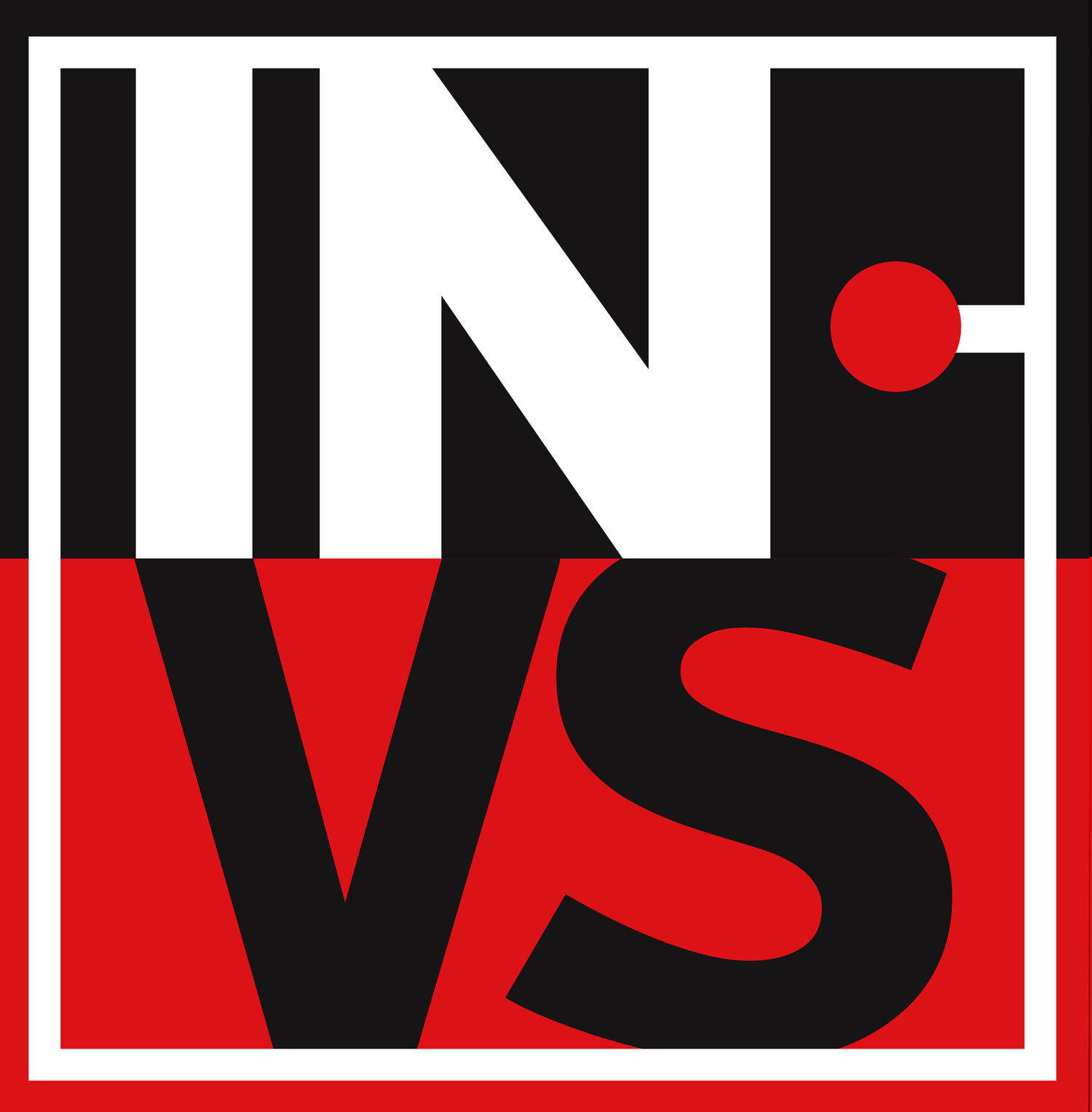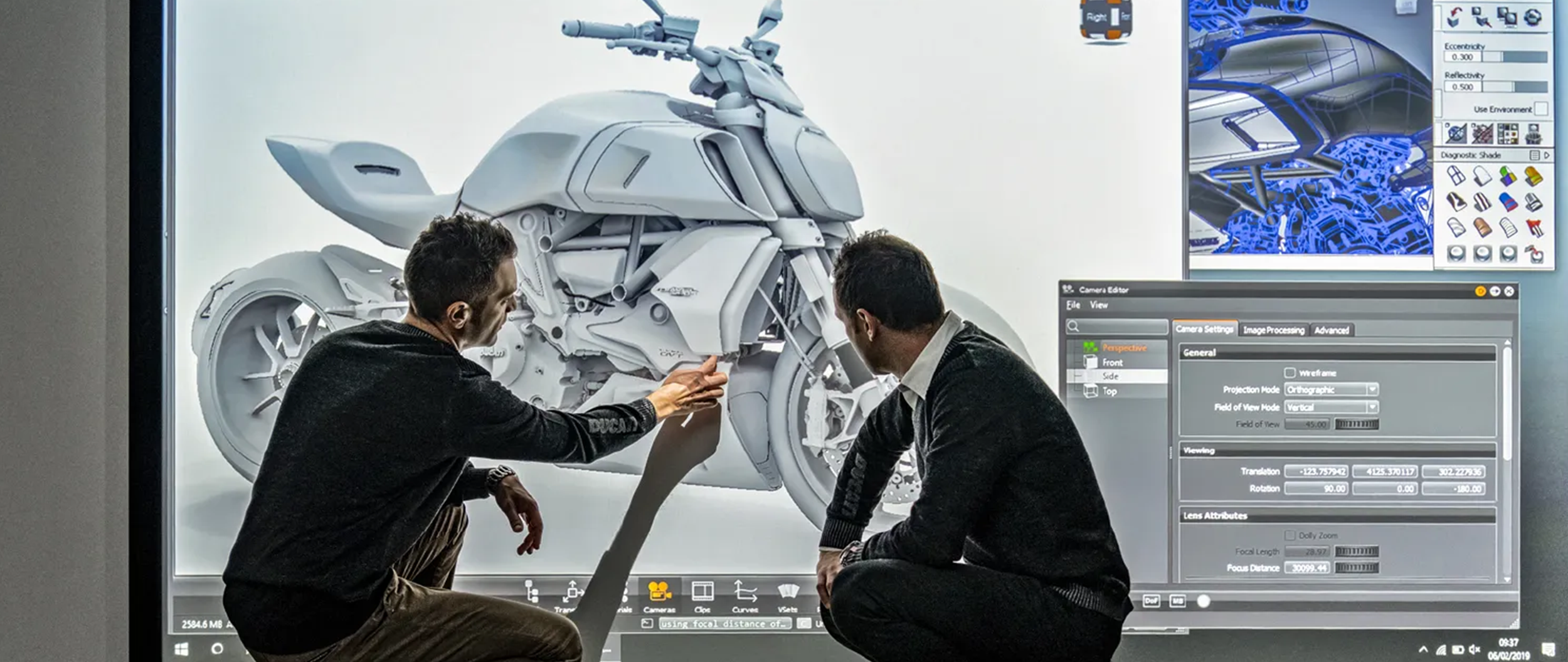Lessons From Design School That Can Be Applied To Business
For a designer, the ups and downs in the middle are often the best parts of the journey. Getting out of your way, starting over, and valuing critiques can help establish the right mindset to solve challenges in business.
Image Source: Original image Kozirsky/AdobeStock/Fast Company remixed & animated with Kaiser AI
By Bill Nottingham (4 minute Read)
The pencil tip eraser was one of the most disruptive inventions of the 19th Century. In 1858, Inventor, Hymen Lipmanreceived an issued patent for the first application for attaching an eraser to the end of a pencil. This idea connected erasers directly to writing implements and established a new perspective for writers and artists. No longer was writing or drawing considered permanent. An eraser symbolizes that mistakes are ok. If you think about it, the greatest mistake is not getting started in the first place.
“Learn from the pencil that it’s not dishonorable to correct mistakes. No, correcting is actually your duty.”
– Hindu Community of Northwestern University
GET OUT OF YOUR OWN WAY
During my early years as a design major at The Cleveland Institute of Art - College of Art and Design, my training helped me learn how to tackle the most difficult task—overcoming the fear of the “Blank Sheet of Paper.” To some, this blank sheet can be scary and represent potential failure. To others, it can represent opportunity and success. It all comes down to your perspective. In design, once you master the art of the pencil, that training can translate to virtually any other advanced execution technology and even business.
During those days, I experienced many demos from college professors, visiting professional designers, and other more experienced students. I was always in awe when they would draw with ease, right in front of me. Not only were they able to draw confidently, but without the concern that 10-15 students were looking over their shoulders, watching every move. Witnessing high-quality design work being created firsthand would help me eventually learn how to build confidence in my abilities. After all, a lack of confidence is the worst culprit. We are our own worst critics and may limit our abilities with phrases like, “I can’t” or “I’m not as good as…” This concept can also be applied to many aspects of business and in life if you simply get out of your own way.
THE VALUE OF STARTING OVER
Creating something that’s never been made before can be a daunting challenge. When you are passionate about what you are doing, blood, sweat, and tears go into the development. But, if you apply long-term strategic thinking by viewing the process as a journey and not a specific end result, you can eventually get comfortable with applying the “virtual ejector seat.” Sometimes, it’s better to abort the mission, stop, and start over. Another analogy is the famous IT solution for a computer: “Try quitting all programs, and rebooting.” In this scenario, your computer is fresh and operating faster without any digital debris.
Try applying this strategy to a real project. After one of your “abort and restarts,” consider that you didn’t previously fail. Instead, you’re now applying the good and bad aspects of the previous work to the next effort. So you haven’t lost any time. All of this previously generated work or data has simply been stored in your mind and can assist you with the next concept.
Image Source: formtrends.com
THE BENEFIT OF CRITIQUES
During my early design school days, I experienced many design critiques that also helped establish some life and business lessons. I’ll start off by stating the obvious. If you are attending a critique of your work, you will be getting critiqued, not applauded, for the sake of your accomplishments. Humble yourself to understand that critiques are what help you grow and gain both knowledge and expertise.
Realize that you don’t need applause. Instead, center your mind to realize that you’ve “made the cut” and focus on perfecting your skill. Don’t take critiques too personally, and use that honest input to improve what you are working on. For example, if you are a company that received a bad Amazon review, dive deeper into the negative comments and see if there is an opportunity waiting to be discovered. If you are open to these customer critiques, you may even stumble upon a patentable solution.
It’s not as simple as Aristotle’s “Well begun is half done.” For a designer, the ups and downs in the middle are often the best parts of the journey. Getting out of your way, starting over, and valuing critiques can help establish the right mindset to solve challenges in business. Then, the best part is you get to start all over again.
Read the original publication on Fastcompany.com



